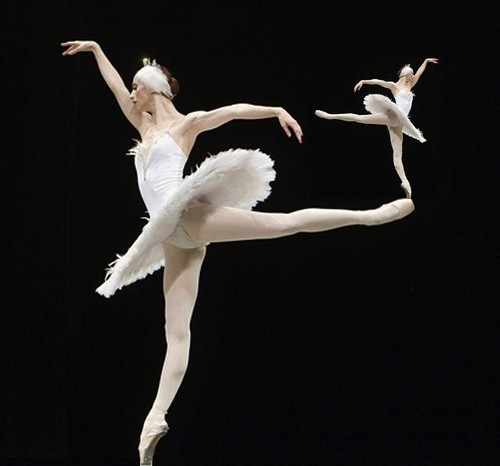Towards Weightlessness
January 24, 2013
Seeing Jane Fonda’s clumsy striptease in the opening scene of the sci-fi classic Barbarella arouses laughter rather than anything else, but it does trigger a desire to break free from gravitational inhibitions. Weightlessness is defined by the absence of stress and strain resulting from externally applied forces. The desire to experience such freedom is deeply rooted in our collective fantasy. It’s no wonder we increasingly fantasise about being weightless. Our large bodies are under so much pressure that our inclination towards growth is pushing the limits of the physically possible. With the possible exception of professional basketball players most people over 200cm move around rather clumsily and the really tall are more or less crippled. At 50cm the human body weighs 2 kg’s but because of our radically increased relative strength and better motor skills we’d feel empowered while the strain on our limbs would be next to nothing.
In On the Marionette Theather Heinrich von Kleist makes a brilliant comparison between dancers and puppets and coincidentally paints a picture of a possible human future much more elegant than the elephant-like movements of us giants: “these puppets have the advantage of being for all practical purposes weightless. They are not afflicted with the inertia of matter, the property most resistant to dance. The force which raises them into the air is greater than the one which draws them to the ground.” … “Puppets need the ground only to glance against lightly, like elves, and through this momentary check to renew the swing of their limbs. We humans must have it to rest on, to recover from the effort of the dance. This moment of rest is clearly no part of the dance. The best we can do is make it as inconspicuous as possible…”